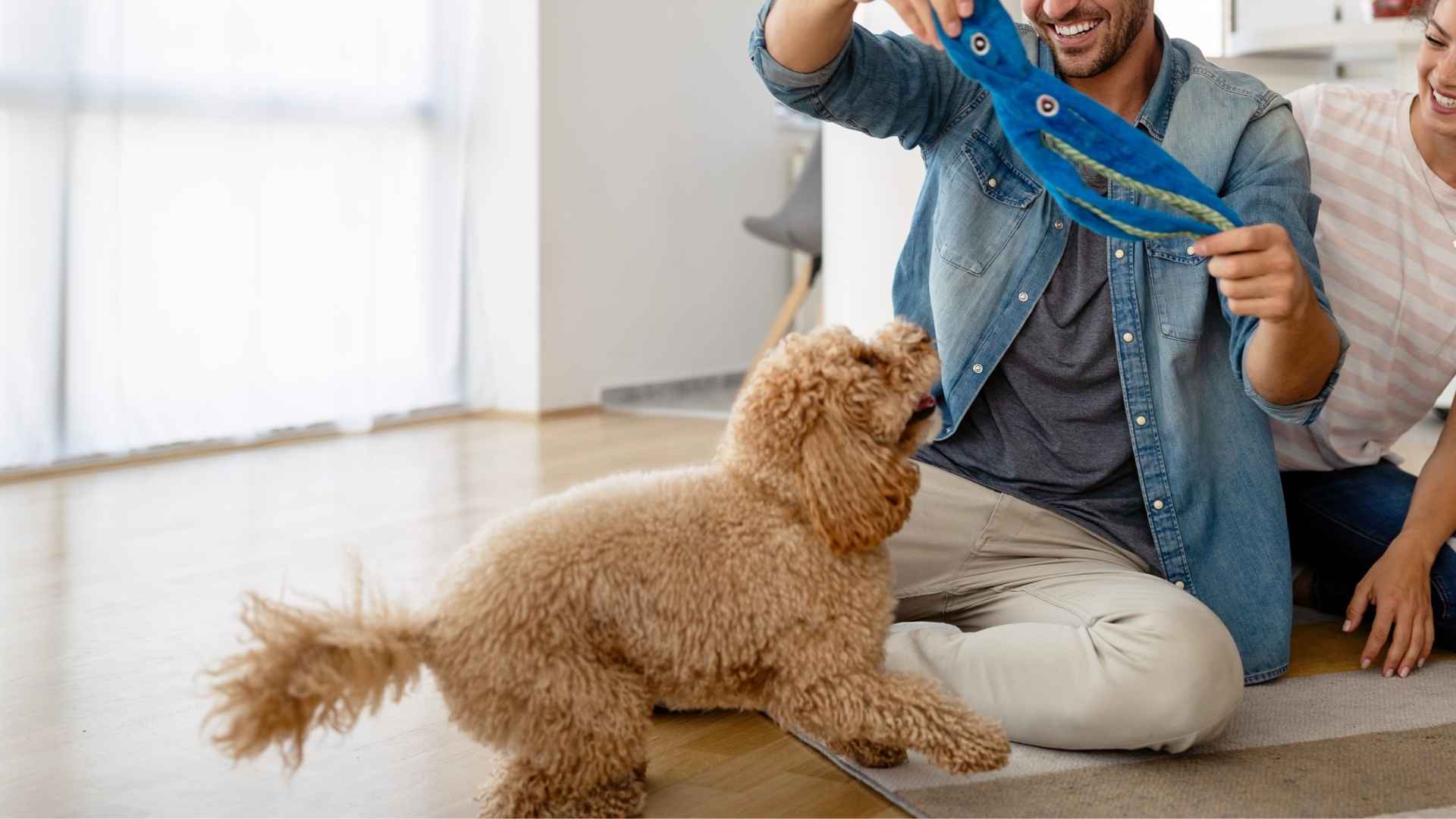Have you ever opened your door to find a dog casually dropping a toy at your feet the moment you walk in? Turns out this behavior isn’t just adorable—it’s backed by research. According to PetMD, dogs greet you with their favorite toy for three main reasons: they want to play, they aim to calm themselves or redirect their excitement, or they’ve learned that it earns them attention.
What this reveals is a blend of instinct and learning. Some dogs have been selectively bred over generations to retrieve, so the act of picking up and presenting a familiar object can be deeply wired into their nature. The pups simply figure out that guests respond warmly when they’re showered with slobbering plush toys or squeaky balls—even if the stranger just met them a moment ago.
This kind of greeting is surprisingly common in homes across the globe—and for good reason. It turns a potentially chaotic welcome into a playful moment of connection, letting the dog express joy while subtly asking, “Let’s play.” The result? An icebreaker that feels personal, warm, and often irresistibly charming.
Dog Breeds That Bring Toys to Guests They Just Met
Here are the 10 most popular breeds:
1. Golden Retriever
Golden Retrievers are the classic extroverts of the canine world. Their habit of proudly trotting up to guests with a toy in their mouth isn’t just cute—it reflects centuries of purposeful breeding.
Originally bred to retrieve waterfowl without damaging them, they developed gentle jaws, a quality that still shines through today as they offer up stuffed animals and tennis balls to strangers as peace offerings.
These dogs enjoy games, especially fetch, which taps directly into their retrieving instinct. Their water-repellent coat and natural love for swimming make them right at home by the lake or beach.
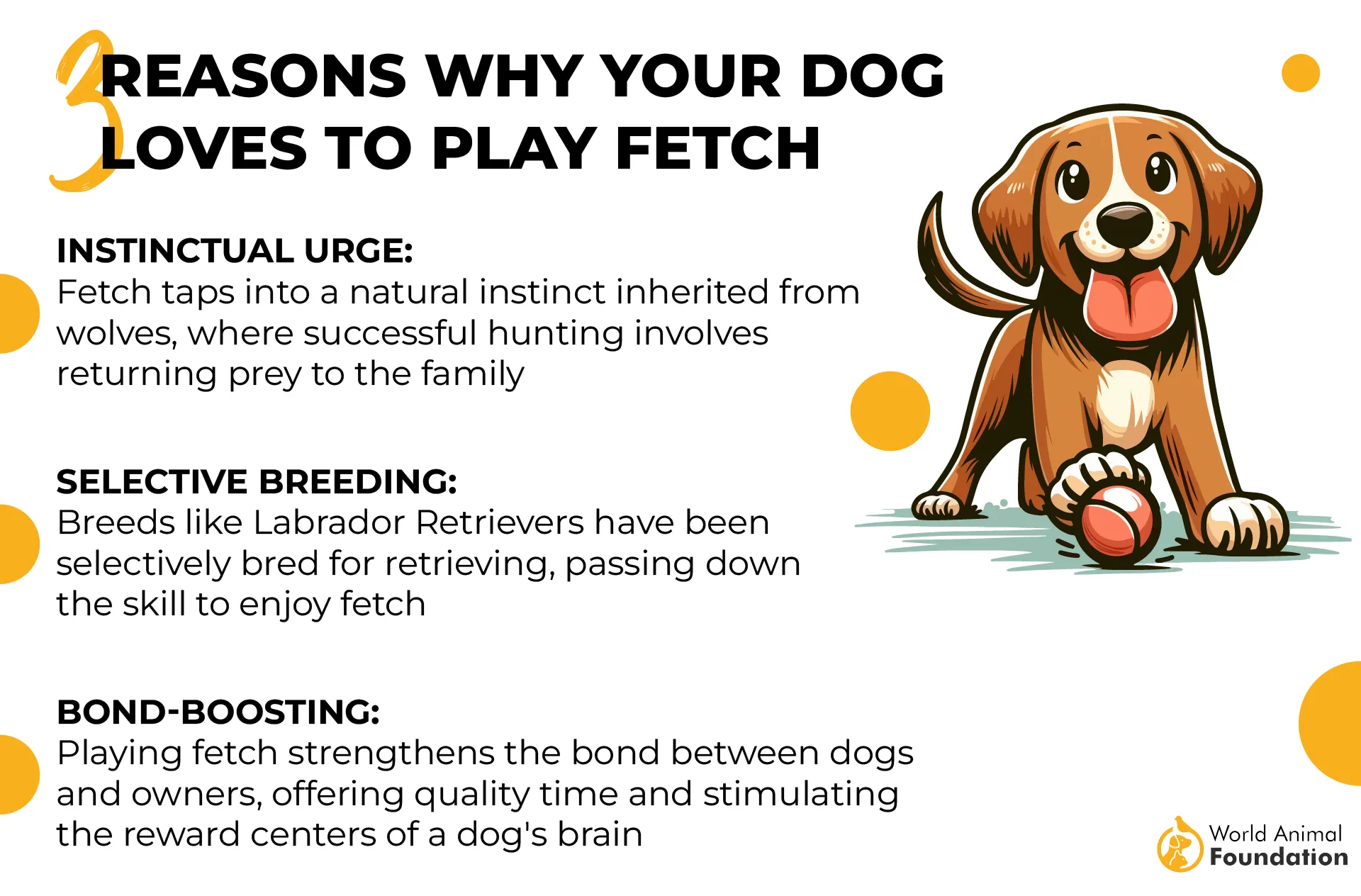
Golden Retrievers are highly intelligent, and their eager-to-please nature means they’re easily trainable for all kinds of work— search and rescue, even acting.
|
Trait |
Details |
|---|---|
|
Temperament |
Friendly, loyal, gentle, people-oriented |
|
Activity Needs |
High; needs daily walks, mental and physical stimulation |
|
Trainability |
Very trainable; responds well to praise |
|
Best For |
Families, first-time owners, and therapy work |
|
Unique Traits |
Soft mouth, water-repellent coat, natural retrieving instinct |
|
Fun Fact |
Developed in Scotland by Lord Tweedmouth in the 1800s |
|
Lifespan |
10–12 years |
|
Notable Skill |
Excels in obedience, therapy, and service roles |
2. Poodle
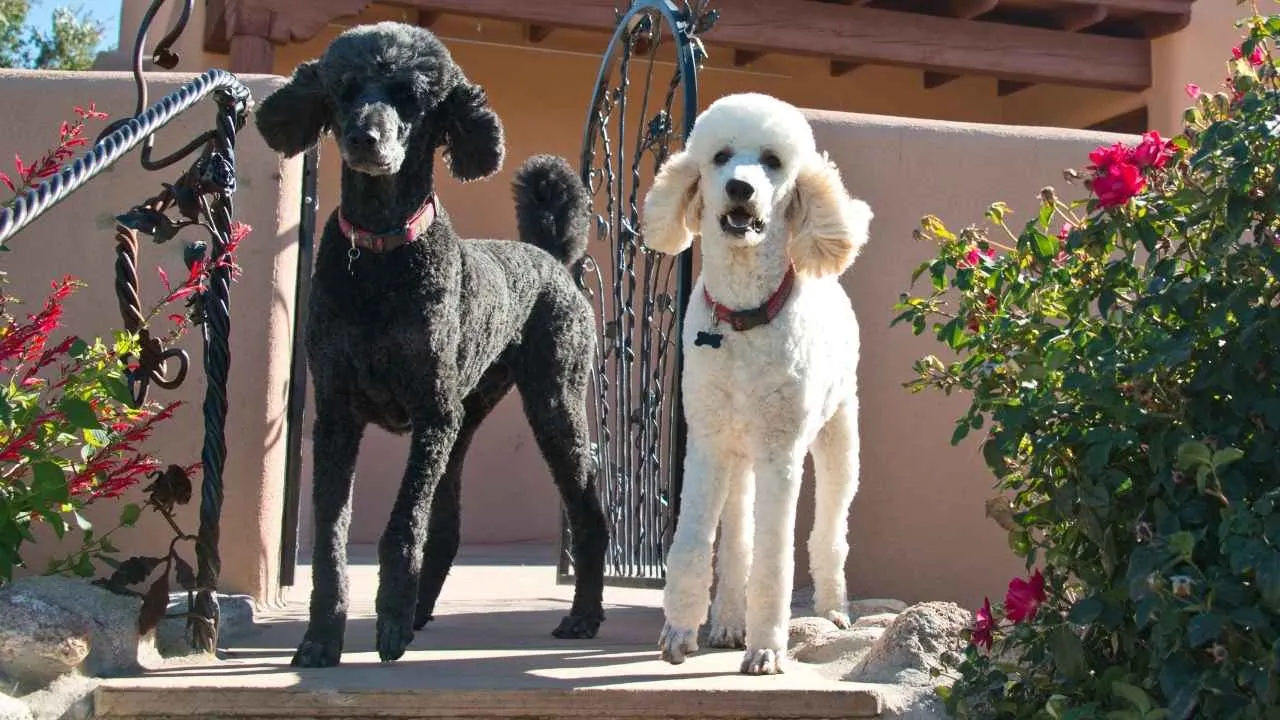
When a Poodle trots up to a houseguest with a plush duck or squeaky ball, it’s not just being charming—it’s tapping into its centuries-old instinct to retrieve. Selectively bred as water retrievers, Poodles have a long history of hunting, fetching game from lakes and rivers with remarkable agility.
Even their iconic, eccentric hairstyles have roots in function: the pompoms were designed to keep vital areas warm while swimming in frigid water.
Due to their hypoallergenic coat, they’re a top choice for people who want a dog but can’t tolerate too much fur around the house. Whether Standard, Miniature, or Toy, every Poodle shares a spark of energy and a playful streak that lights up any room they walk into.
|
Trait |
Details |
|---|---|
|
Temperament |
Smart, alert, and fun-loving |
|
Size |
Varies: Standard, Miniature, Toy |
|
Activity Needs |
High; craves mental challenges |
|
Trainability |
Exceptionally trainable, excels with structured training |
|
Best For |
Allergy-sensitive families, active households, trick training |
|
Unique Traits |
Hypoallergenic coat, webbed feet, highly adaptable personality |
|
Fun Fact |
A team of Standard Poodles once ran the Iditarod sled race |
|
Notable Skill |
Versatile: works as a service dog, truffle hunter, and even a show performer |
3. Labrador Retriever
These dogs have an ingrained need to interact, not just exist around people. They don’t just tolerate guests—they welcome them like long-lost family, often dropping a toy right at their feet as a universal invitation to play.
That behavior traces back to their working-dog roots. Labs were bred to retrieve game from icy waters, which is why they’re wired to fetch, carry, and share.
Their bodies are built for both work and play. A waterproof coat keeps them warm, their webbed feet help them swim, and their otter-like tail acts as a steering tool in the water.
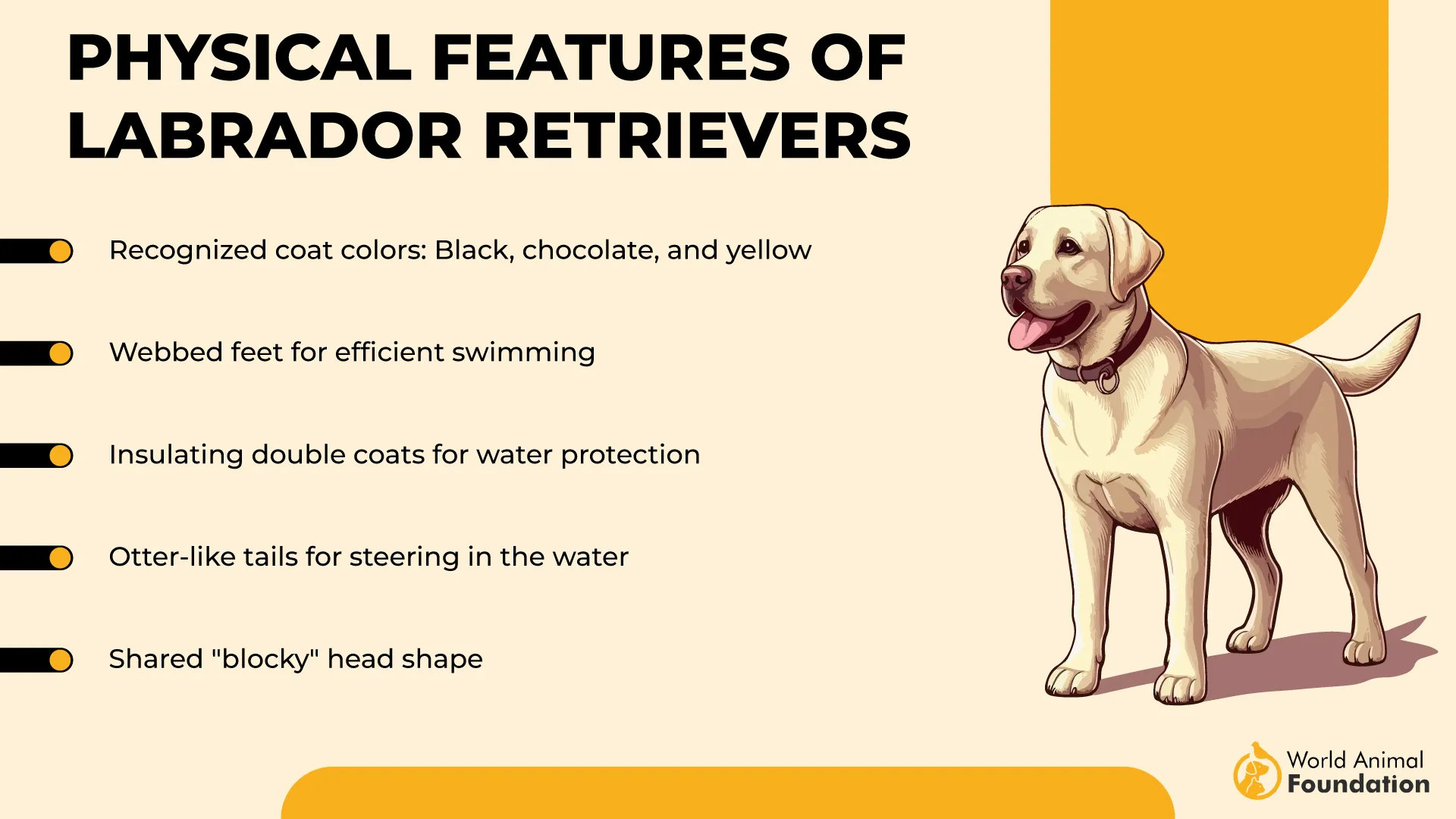
Labs also have what’s known as a “soft mouth”, meaning they can carry things gently—a trait you’ll see in how carefully they handle toys or treats. But it’s not just physical aptitude that defines them.
|
Trait |
Details |
|---|---|
|
Temperament |
Outgoing, sociable, and incredibly people-focused |
|
Size |
Medium to large |
|
Activity Needs |
High; thrives with regular outdoor time and engaging activities |
|
Trainability |
Very responsive; learns commands and tasks with ease |
|
Best For |
Active homes, families, service work, and multi-person households |
|
Unique Traits |
Otter tail, webbed feet, a waterproof coat, and a soft mouth |
|
Fun Fact |
A Lab named Endal became world-famous for assisting his disabled owner |
|
Notable Skill |
Stellar retriever and go-to breed for therapy and guide dog roles |
4. Beagle
You can spot a Beagle’s excitement from across the room—tail wagging, nose twitching, toy in mouth, ready to make a new best friend.
Beagles are one of the breeds for families, and a big reason is their combination of curiosity, charm, and friendliness. They’re food-motivated, which helps with training, though owners need to keep an eye on their weight.
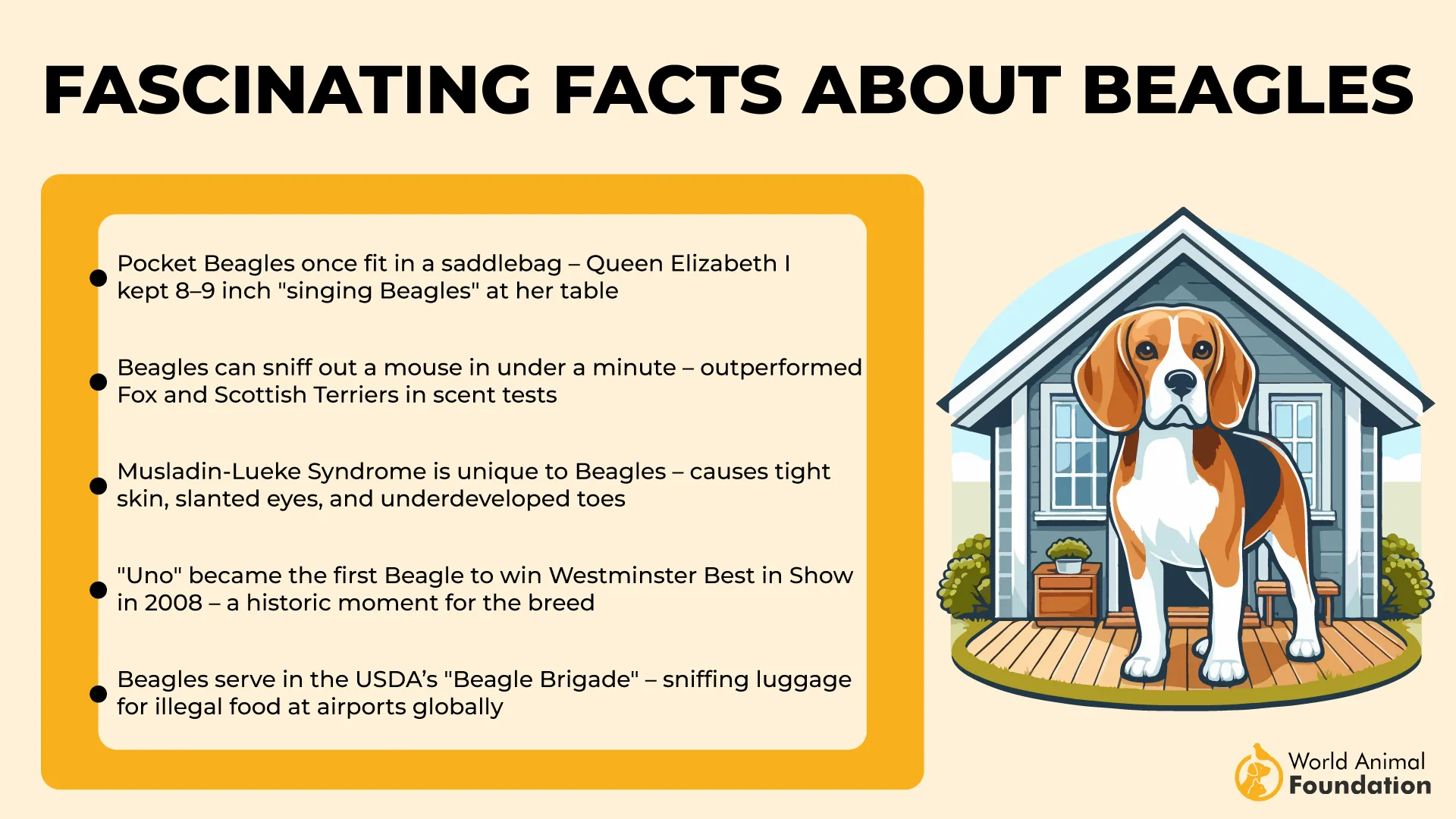
That same nose that sniffs out dinner scraps also powers their talent as scent hounds. Their tracking ability is so sharp that Beagles work in airports across the U.S. as part of the Beagle Brigade, detecting contraband in luggage with impressive accuracy.
|
Trait |
Details |
|---|---|
|
Temperament |
Cheerful, curious, and incredibly people-friendly |
|
Size |
Small to medium; comes in two height ranges |
|
Activity Needs |
Moderate; needs walks and play to stay mentally and physically fit |
|
Trainability |
High with food rewards; can be stubborn without motivation |
|
Best For |
Families, multi-dog households |
|
Unique Traits |
White-tipped tail, exceptional scenting ability, and a distinct bay |
|
Fun Fact |
Beagles work in airports as part of the Beagle Brigade |
|
Lifespan |
12–15 years |
|
Notable Skill |
World-class scent detection and an ear for vocal expression |
5. Boxer
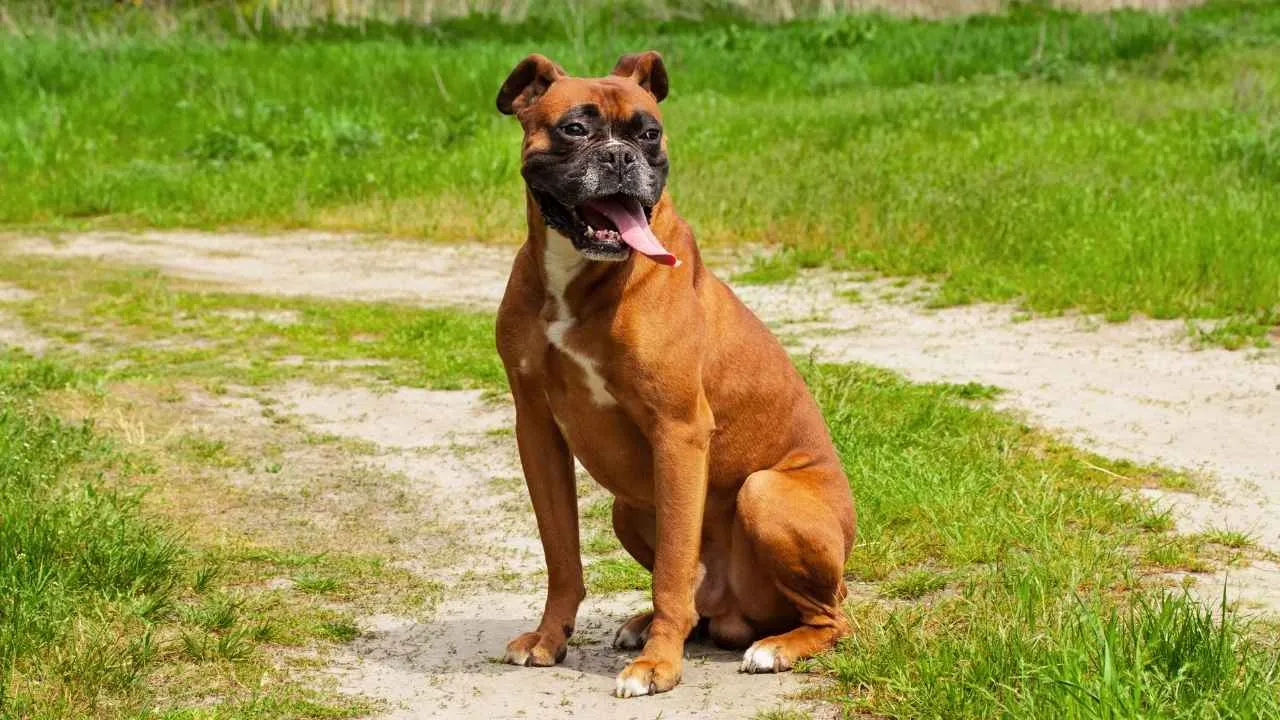
Boxers are the kind of dogs who have to say hello. Doesn’t matter if you’re a total stranger—they’re probably already bouncing around with a slobbering plush in their mouth, ready to play.
They’re sweet, silly, and a little dramatic (you’ll hear them “talk” in grumbles and growls—normal, it’s just how they communicate). But underneath all that goofiness, there’s a strong protective streak.
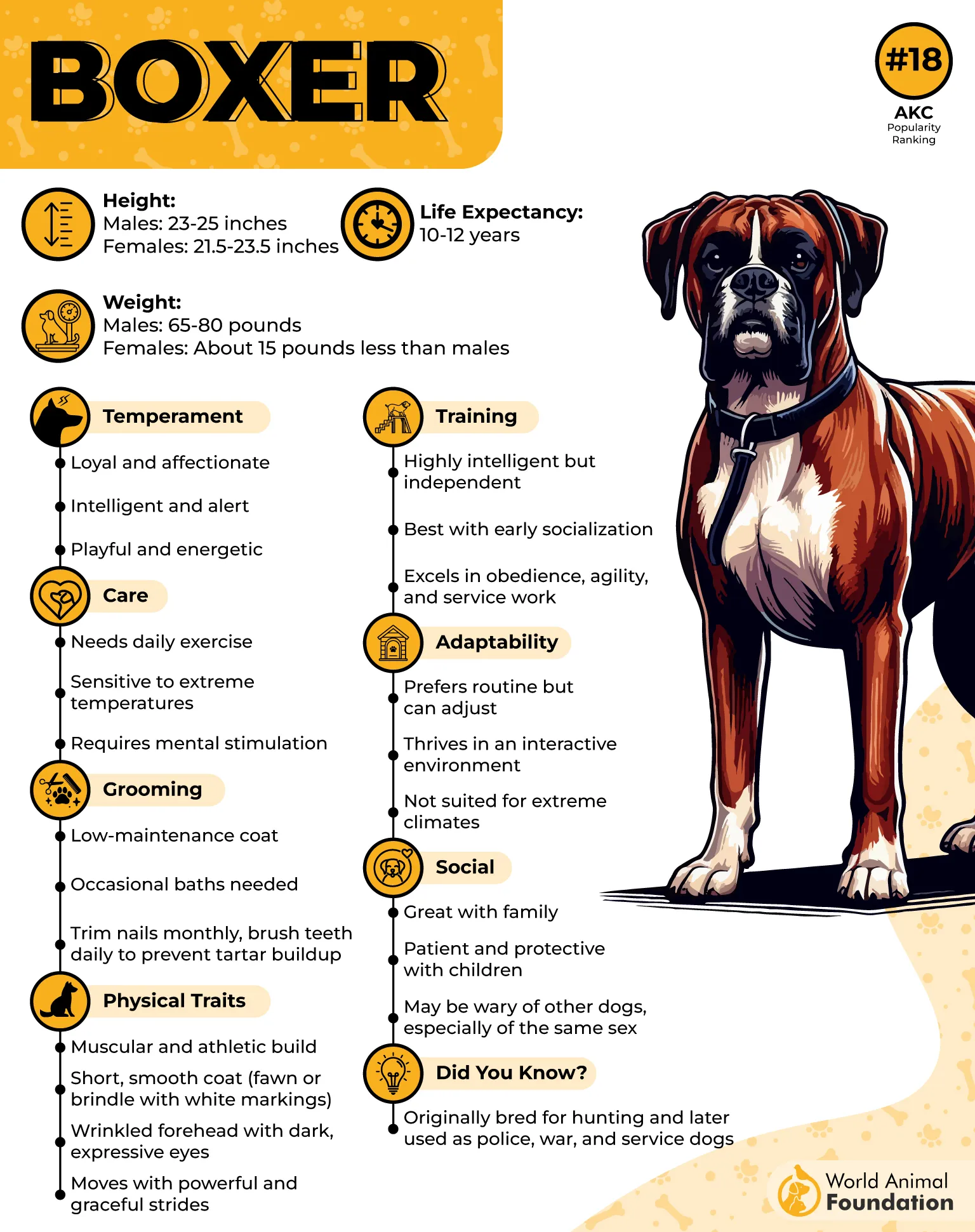
They love their humans and want to keep them safe. So yeah, they’ll bark at the doorbell or give a side-eye to a sketchy noise outside. Training a Boxer can be fun if you keep it light and reward-based. They respond well to positive reinforcement, but they’ve got opinions, so patience helps.
|
Trait |
Details |
|---|---|
|
Temperament |
Energetic, loving, and full of personality |
|
Size |
Medium to large, muscular build |
|
Activity Needs |
High; thrives with exercise and structured play |
|
Best For |
Active families, homes with time for play and training |
|
Unique Traits |
“Boxing” play style, wrinkled forehead, strong protective instinct |
|
Fun Fact |
Served as messenger and guard dogs during World War I |
|
Notable Skill |
Social with different people, yet loyal and watchful |
6. Boston Terrier
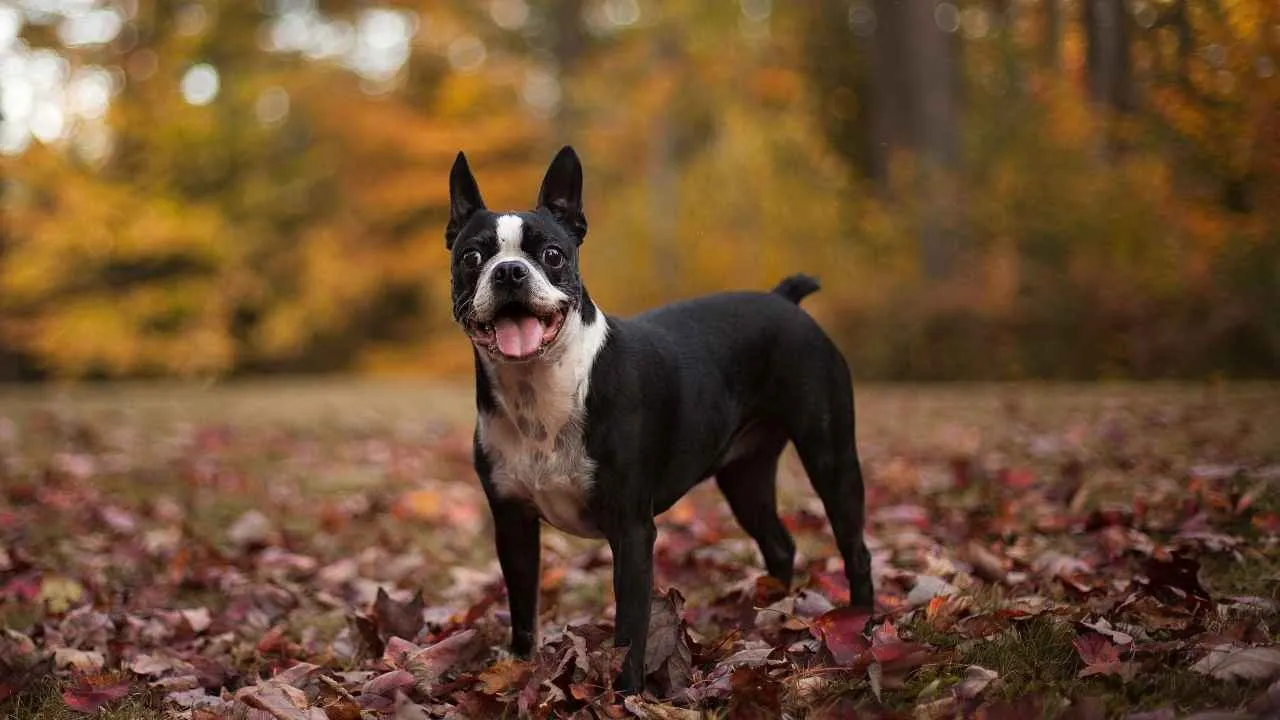
Boston Terriers are the kind of dogs who act like everyone they meet is their new best friend. Someone walks through your door? This dog’s already sprinting across the room, toy in mouth, tail wiggling like it’s got its personality. They have a real tendency to charm people on sight.
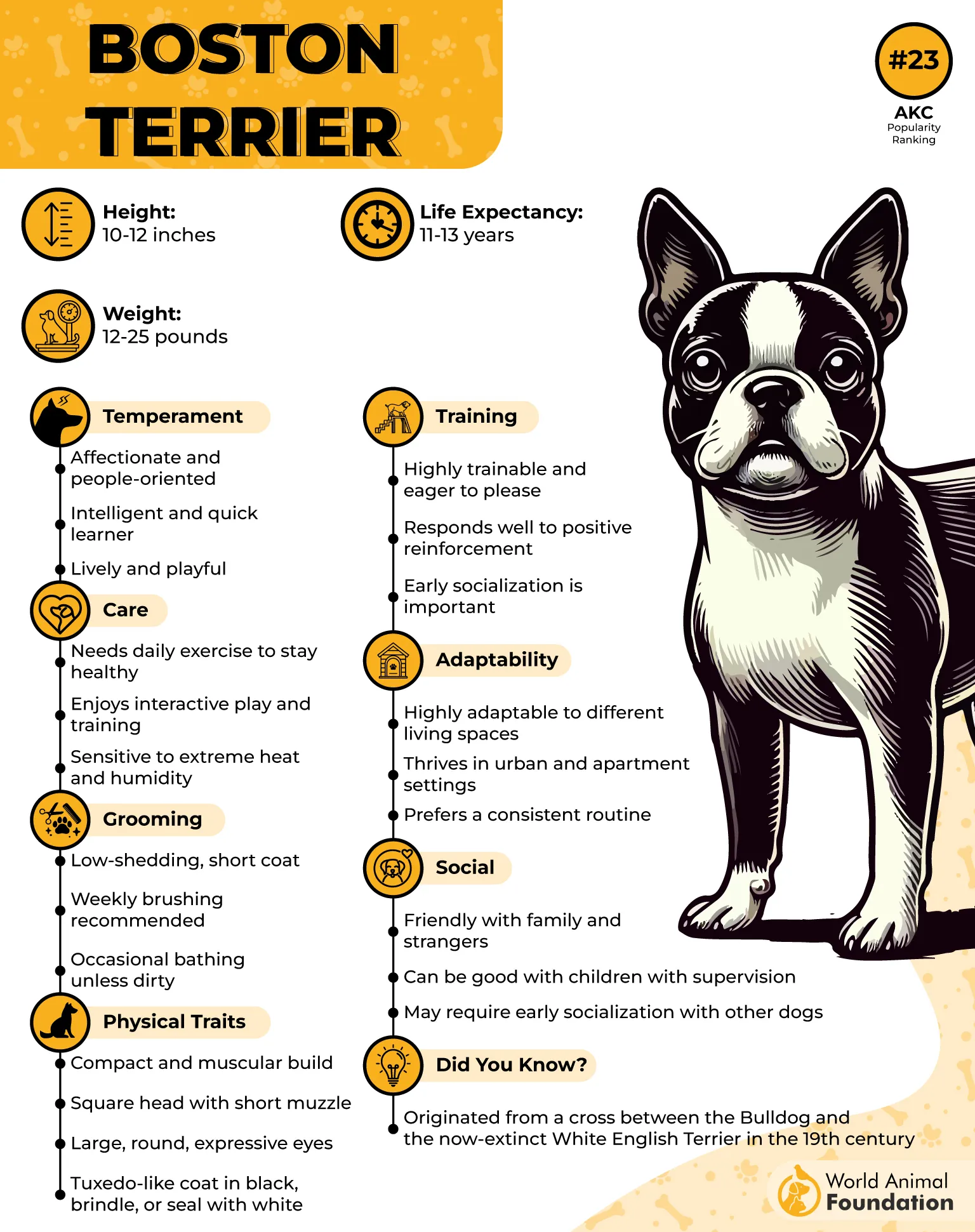
Some even get into agility and flyball like they were born for it. But don’t let all that energy fool you—they’re also known as quiet dogs, rarely barking unless there’s a reason.
They’re also big on family. These little guys bond hard. They’re affectionate, loyal, and thrive around kids and young people who’ll match their playful vibe. They’ve even got a bit of a protective nature, so they’ll let you know if something’s not right—but always in a polite, gentlemanly way.
|
Trait |
Details |
|---|---|
|
Nickname |
“American Gentleman” (thanks to that black & white tuxedo-like coat) |
|
Size |
Small, compact, great for apartments |
|
Energy Level |
High – playful, zoomy, great with active kids |
|
Noise Level |
Quiet – rarely barks unless there’s a real reason |
|
Protective Nature |
Mild – may be a little territorial but never aggressive |
7. Pembroke Welsh Corgi
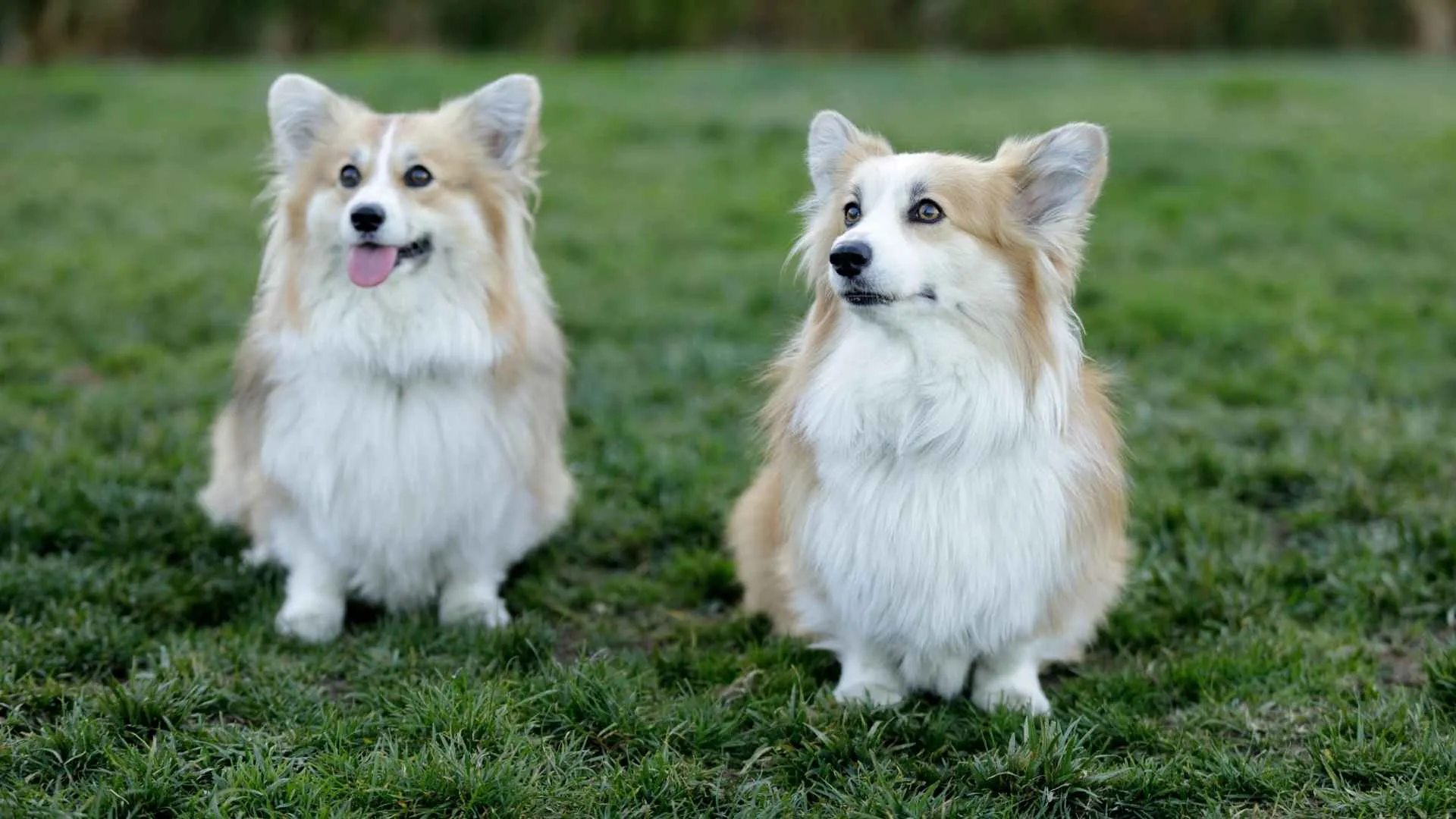
There’s something undeniably endearing about a Pembroke Welsh Corgi trotting over with a toy in its mouth, tail (or nub) wagging like it’s been waiting for you all day. Short legs and long body give them their iconic “low-rider” silhouette, perfect for those viral “splooting” poses.
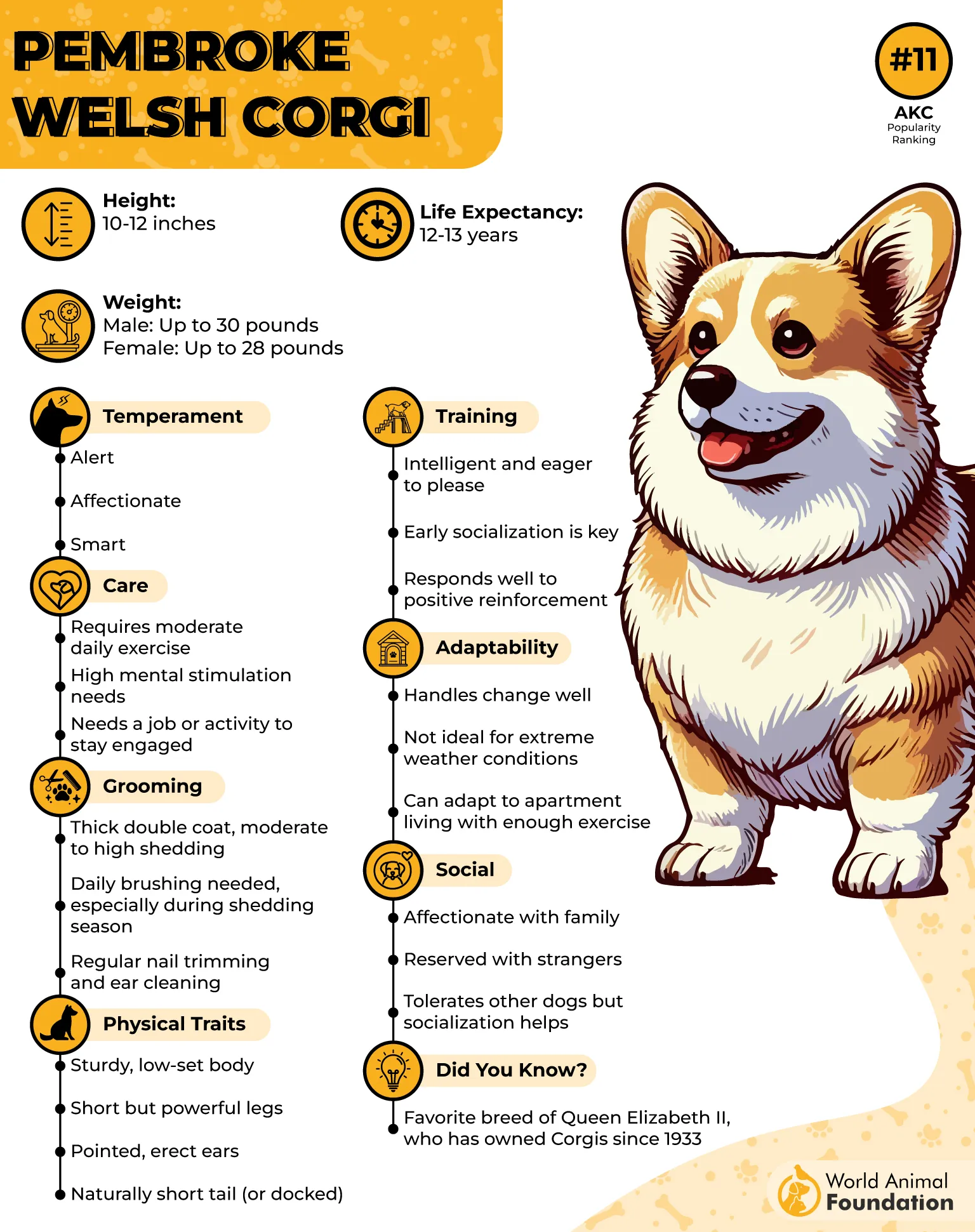
Originally bred to herd, they instinctively want to lead—whether it’s rounding up animals or drawing attention to the toy they just dropped at your feet. Their erect ears and bright eyes reflect a constant readiness to interact.
They are highly vocal—they’ll announce a visitor, then promptly bring over their favorite plush. Their intelligence makes them quick studies, especially when toys are used as part of reward-based training.
|
Trait |
Details |
|---|---|
|
Greeting Style |
Enthusiastic; often brings toys to new guests |
|
Temperament |
Outgoing, confident |
|
Energy Level |
High – needs regular physical and mental activity |
|
Herding |
Strong – originally bred to herd cattle |
|
Coat Type |
Double coat (dense undercoat + coarse outer coat) |
|
Shedding |
Heavy seasonal shedder (spring and fall) |
|
Grooming Needs |
Moderate – requires brushing 2–3 times a week to maintain coat health |
|
Social Behavior |
Friendly; enjoys leading social interaction |
|
Watchdog Ability |
Very alert and vocal – good at announcing visitors |
|
Unique Trait |
Known for “splooting” – lying flat with back legs extended |
|
Fun Fact |
Believed in Welsh folklore to be fairy steeds |
8. Cavalier King Charles Spaniel
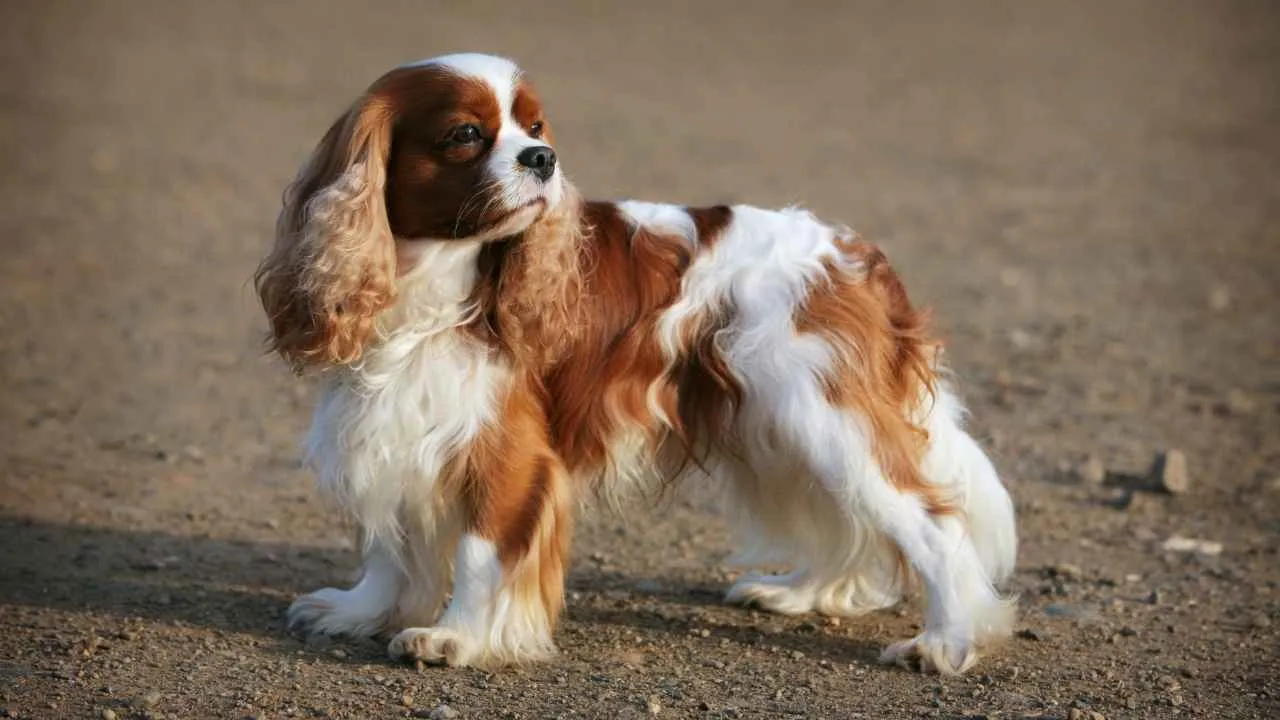
The Cavalier King Charles Spaniel brings charm to a whole new level. Known for their soulful eyes and ever-wagging tails, these dogs are social butterflies that thrive on companionship. They don’t just enjoy meeting new people—they live for it.
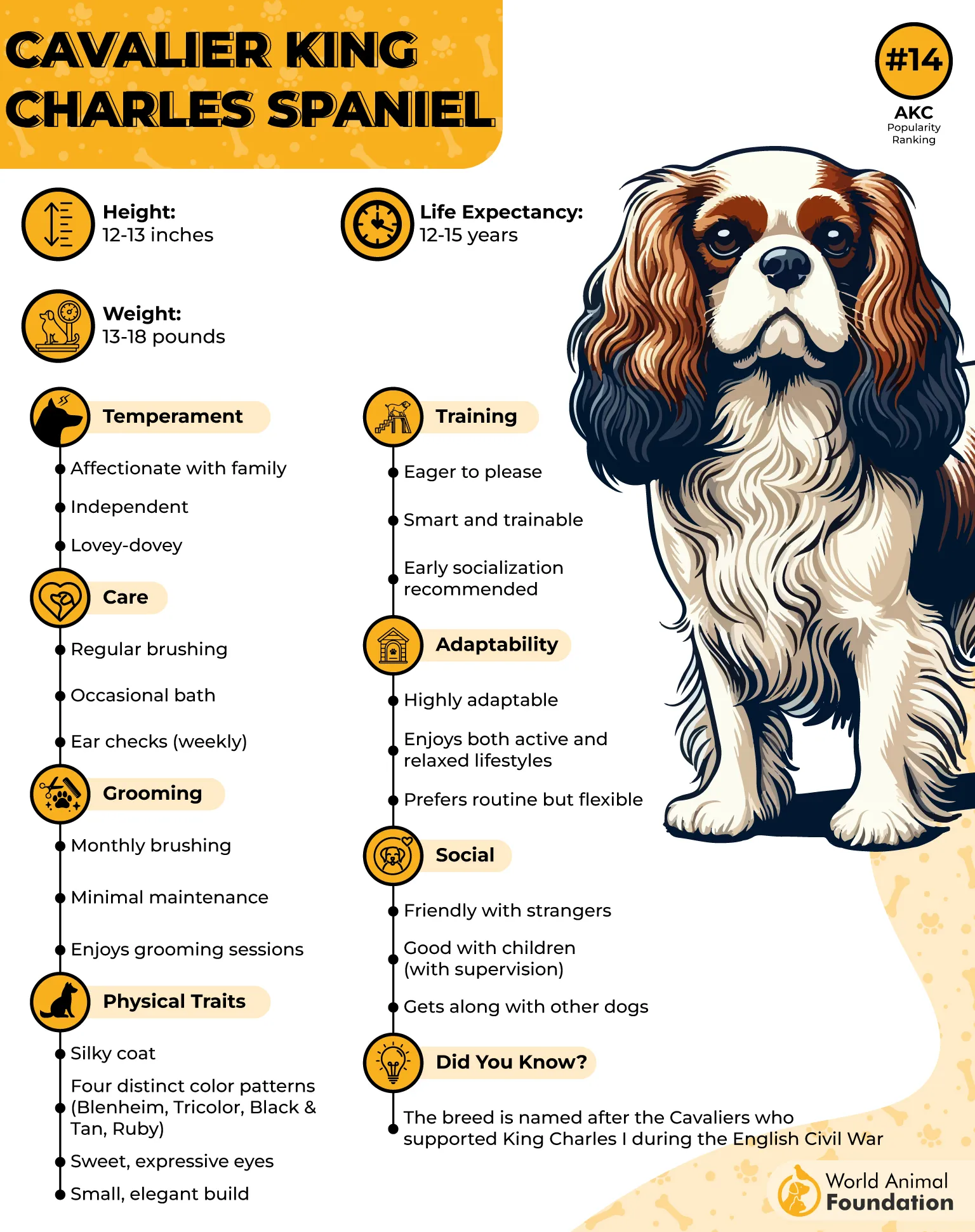
According to the American Kennel Club (AKC), they don’t demand attention; they earn it with their calm demeanor and unwavering warmth. The moment someone walks in the door, they’re ready to connect—whether that’s through a game of curling up next to them on the couch.
|
Trait |
Details |
|---|---|
|
Temperament |
Warm, gentle, and eager to bond with everyone |
|
Energy Level |
Moderate—happy to lounge or join a game, depending on the mood |
|
Trainability |
Very trainable and eager to please; responds well to gentle guidance |
|
Sociability |
Exceptionally friendly with strangers, kids, and other animals |
|
Coat Type |
Silky and flowing; requires regular brushing to avoid tangles |
|
Grooming Needs |
Moderate—routine brushing and occasional trimming needed |
|
Living Situation Fit |
Adaptable to apartments or houses |
|
Notable Trait |
Will happily follow guests around until they give in and play |
9. Pug
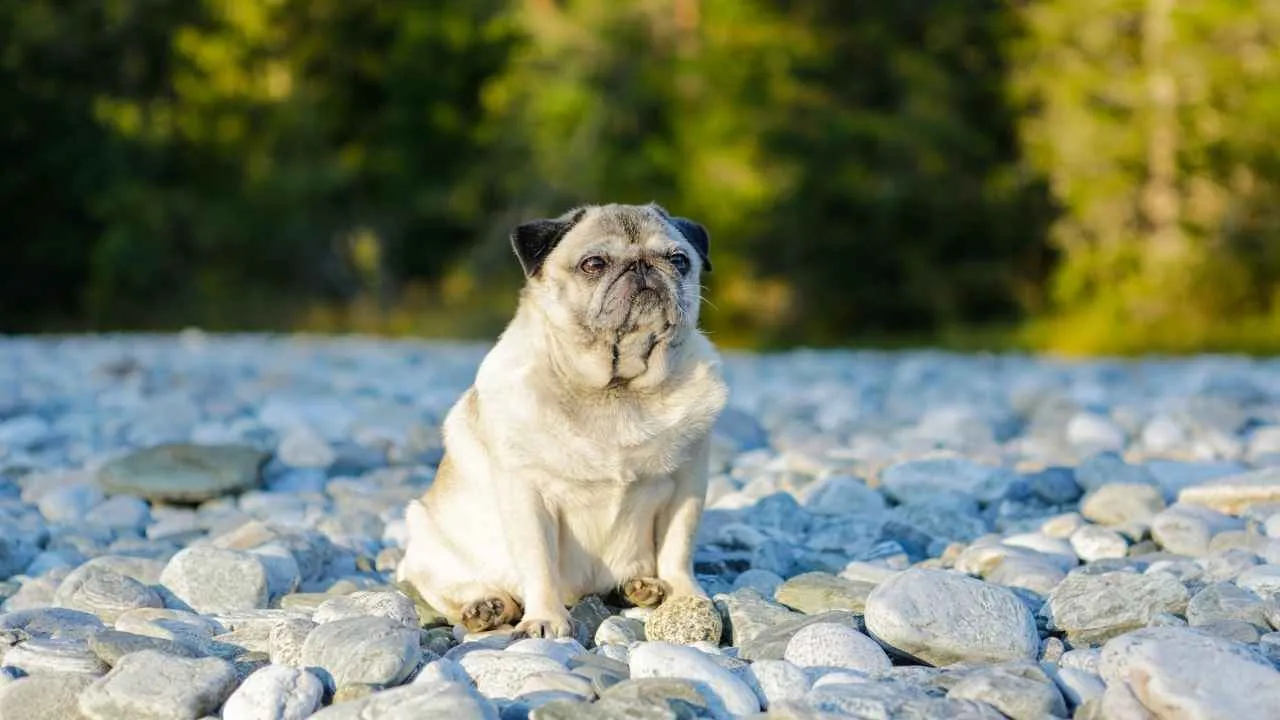
Pugs are the kind of dogs who greet you like you’ve been best friends forever—even if it’s your first time meeting. Small, sturdy, and endlessly affectionate, they’re known for trotting over with a toy in tow, hoping for a quick play session or just to share their favorite squeaky friend. Despite their compact size, Pugs have a big presence.
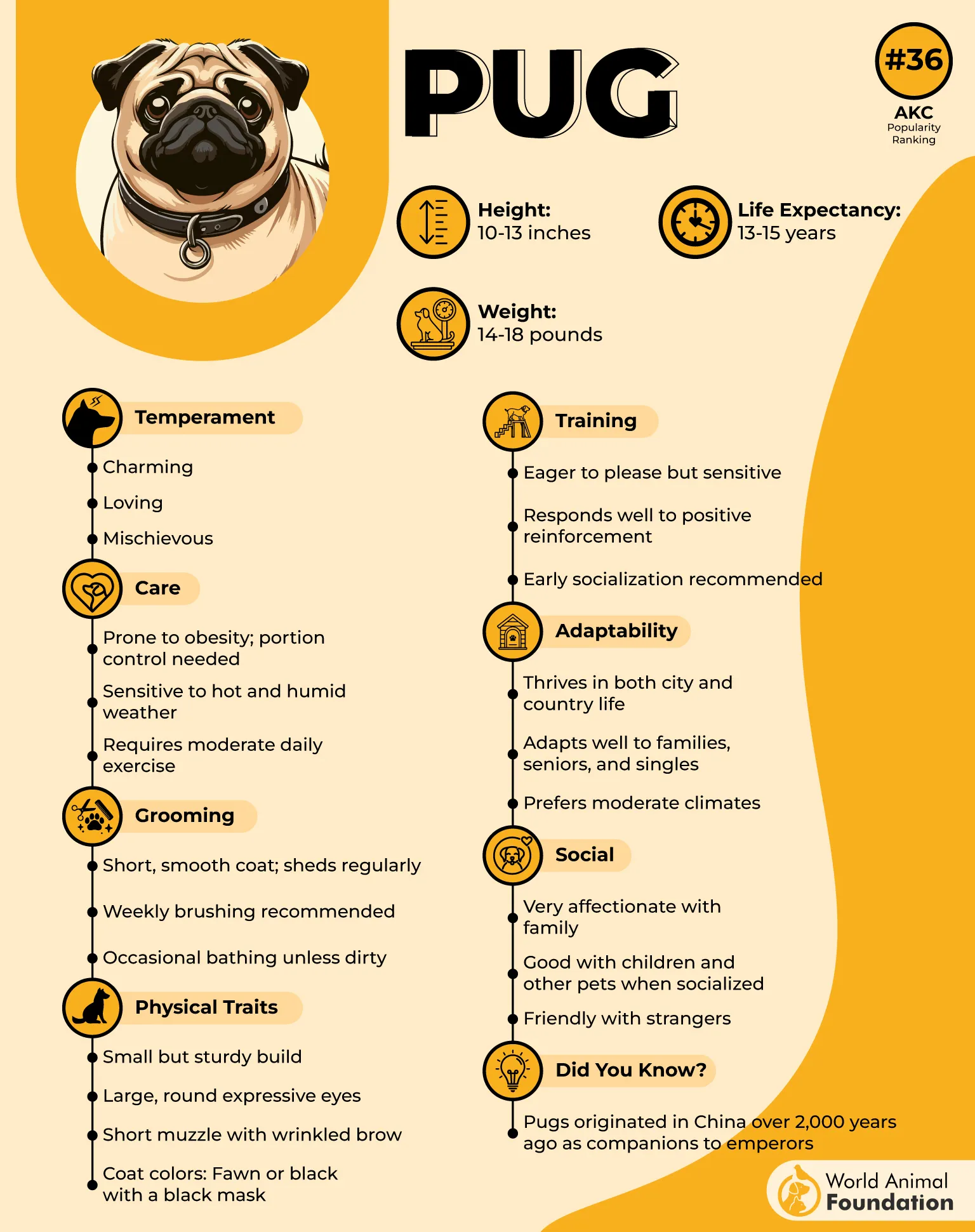
While their short coats shed more than you’d expect, they’re low maintenance aside from needing regular wrinkle care. Whether you’re in a city apartment or a country house, a Pug will happily adapt—as long as they’re close to the people they adore.
|
Trait |
Details |
|---|---|
|
Temperament |
Charming, mischievous, and deeply loving |
|
Energy Level |
Moderate bursts of play with lots of naps in between |
|
Sociability |
Very friendly with guests, kids, and other pets |
|
Coat Type |
Short and smooth but surprisingly heavy shedding |
|
Grooming Needs |
Low-maintenance coat, but daily wrinkle cleaning is a must |
|
Living Situation Fit |
Perfect for apartments or houses—thrives indoors with close companionship |
|
Notable Trait |
Often referred to as a “shadow dog” because they never want to leave your side |
10. Shih Tzu
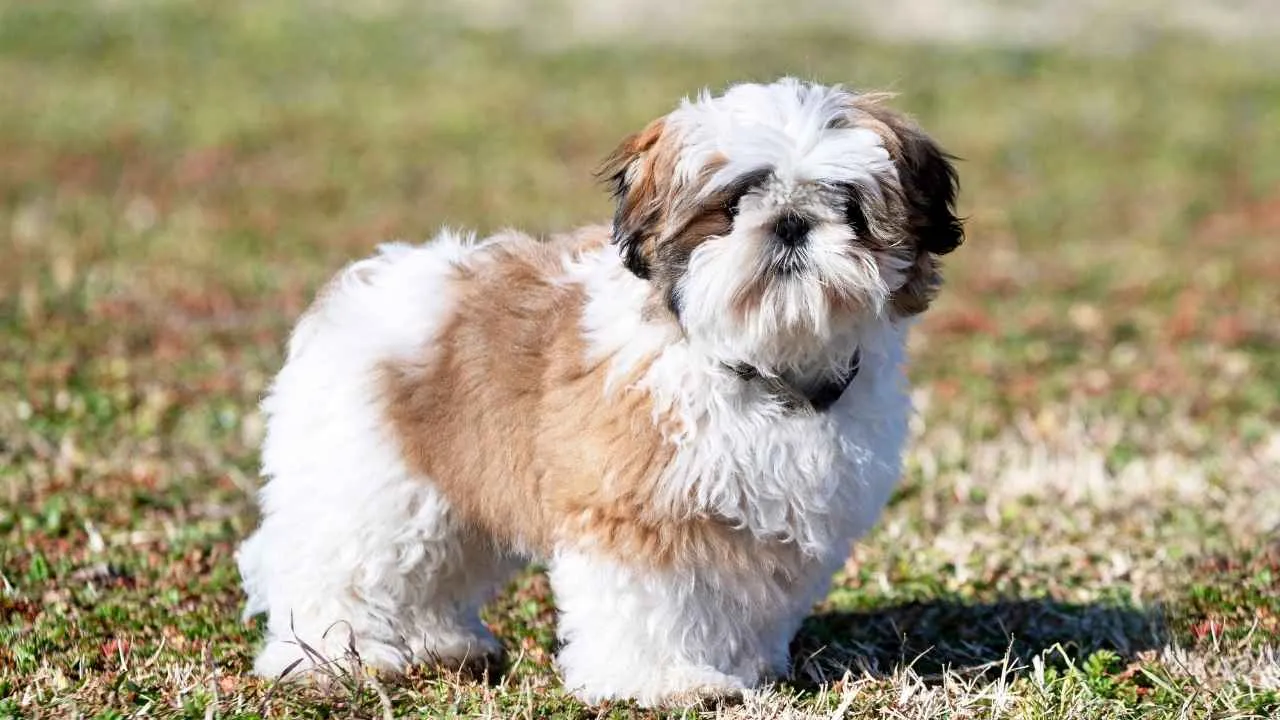
Shih Tzus might be small, but their charm is anything but. Known for their royal roots and long, flowing coats, these little dogs love to make guests feel welcome, often by waddling over with a toy in their mouth, tail wagging like it’s a parade. Originally bred to warm the laps of Chinese emperors, Shih Tzus still carry themselves like they’re in a palace.
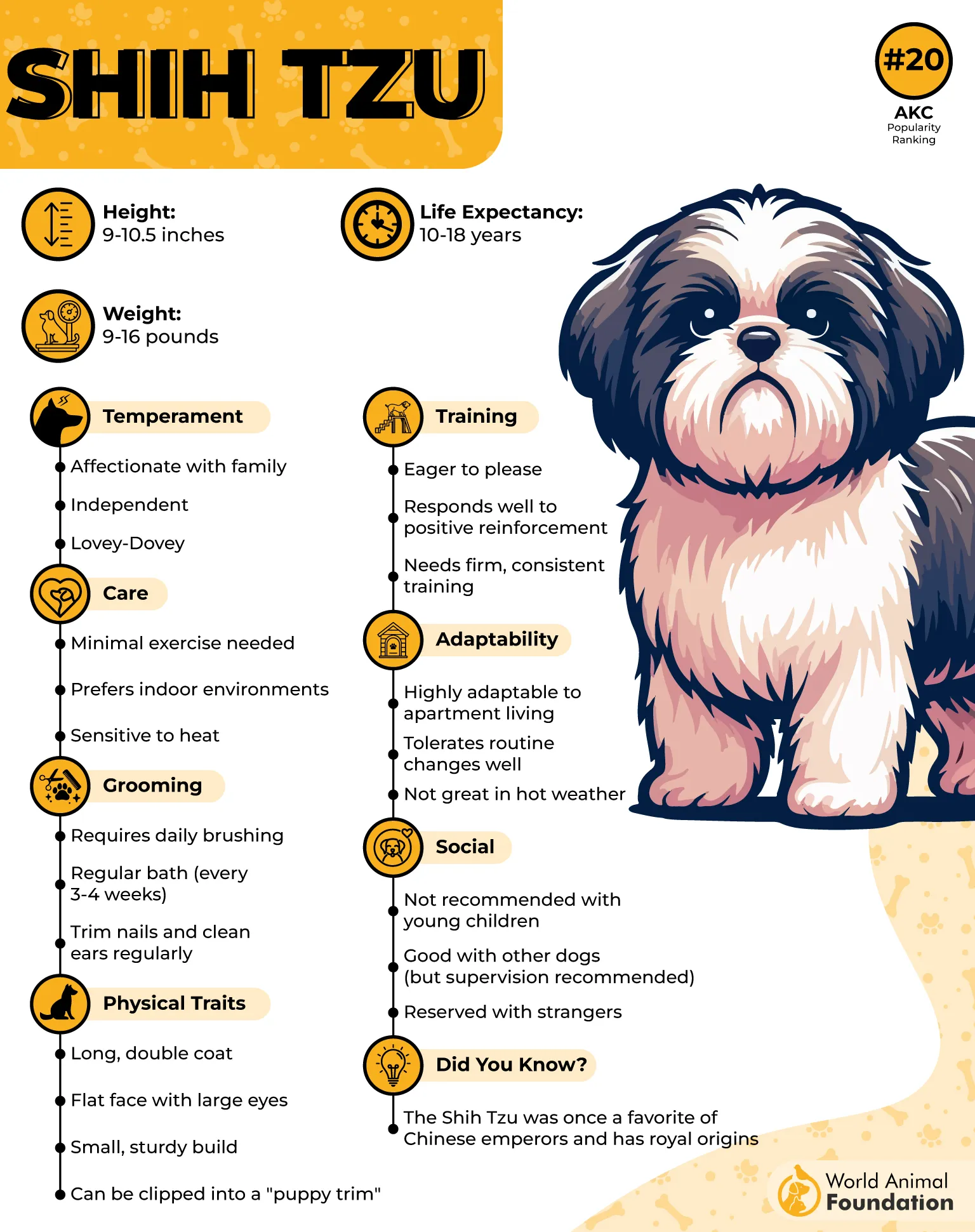
With their signature “chrysanthemum” faces and expressive eyes, it’s hard not to smile when one trots over offering their favorite plush. Despite their fancy appearance, they’re surprisingly down to earth—happy to cuddle, play, or just be near their humans.
|
Trait |
Details |
|---|---|
|
Origin |
An ancient breed from Tibet and China |
|
Nickname |
“Lion dog” |
|
Alternate Name |
Chrysanthemum-faced dog |
|
Breed Purpose |
Bred as royal lapdogs and companions |
|
Social Behavior |
Extremely friendly, warm toward strangers |
|
Toy Offering Habit |
Common—enjoy greeting guests with toys as part of their social nature |
|
Temperament |
Affectionate, alert, and outgoing |
|
Adaptability |
Does well in apartments and houses alike |
Conclusion
These dogs often act like hosts, ready to engage, comfort, or entertain. Whether it’s a puppy offering up their favorite squeaky friend or an older dog gently placing a stuffed animal near your feet, the message is clear: “You’re safe here.” Their soft hair, curious tilt of the head, and natural urge to watch and understand people make them especially good around children and strangers alike.
And while they may not be guarding the door, they do know how to protect the mood, turning awkward silences into smiles. In homes with laughter and movement, these dogs thrive, always ready to turn new faces into new friends.


